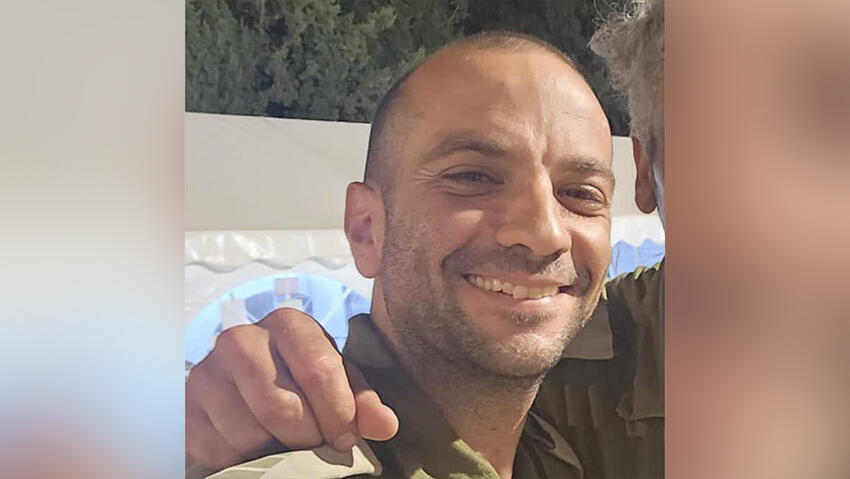Getting your Trinity Audio player ready...
The IDF reported Wednesday that it is investigating how Hezbollah managed to hit two vehicles—one civilian and one military—with rockets in the Golan Heights within a week.
The first incident occurred last Thursday when a rocket struck a vehicle, killing Major (Res.) Itay Galea at a base in the area. The second incident happened last night when Noa and Nir Baranes from Kibbutz Ortal were killed by a direct rocket hit on their car.
3 View gallery


The recent rocket attack by Hezbollah which killed Noa and Nir Baranes
(Photo: Israel Fire and Rescue Services)
Both incidents involved unguided rockets rather than precision missiles, making it rare for such occurrences to happen twice in such a short span. The medium-range rockets, currently under examination by the IDF, were part of barrages aimed at military targets.
Major (Res.) Galea’s death resulted from a rocket aimed at an IDF base in the Golan Heights, while the Baranes' vehicle was hit by a rocket intended for the 210th Regional Brigade Headquarters (Nafah) near Ein Zivan.
The Baranes' car was directly hit by the rocket as they happened to be driving near the base when the alert was sounded. Investigations revealed that Hezbollah is launching these barrages from farther south in Lebanon, such as west of the Ramim Ridge and the eastern sector, crossing from west to east over the Hula Valley and Shia villages near the Naftali Mountains.
Residents and local leaders in the Golan Heights expressed anger and frustration following the rocket strike on the Baranes' vehicle, which Hezbollah carried out in retaliation for the assassination of a former bodyguard of Hezbollah leader Hassan Nasrallah. The tragic event, against a backdrop of months of continuous shelling causing damage and fires, has raised serious questions about the government’s lack of strategy in the north against Hezbollah.
Golan residents know that driving near the many military bases in the area is akin to playing Russian roulette. In recent months, Hezbollah has repeatedly fired rockets and launched drones at IDF outposts and bases in the Golan, endangering civilians on nearby roads. When alerts are sounded—if they are noticed at all—there is often no place for drivers to take cover or find shelter.





